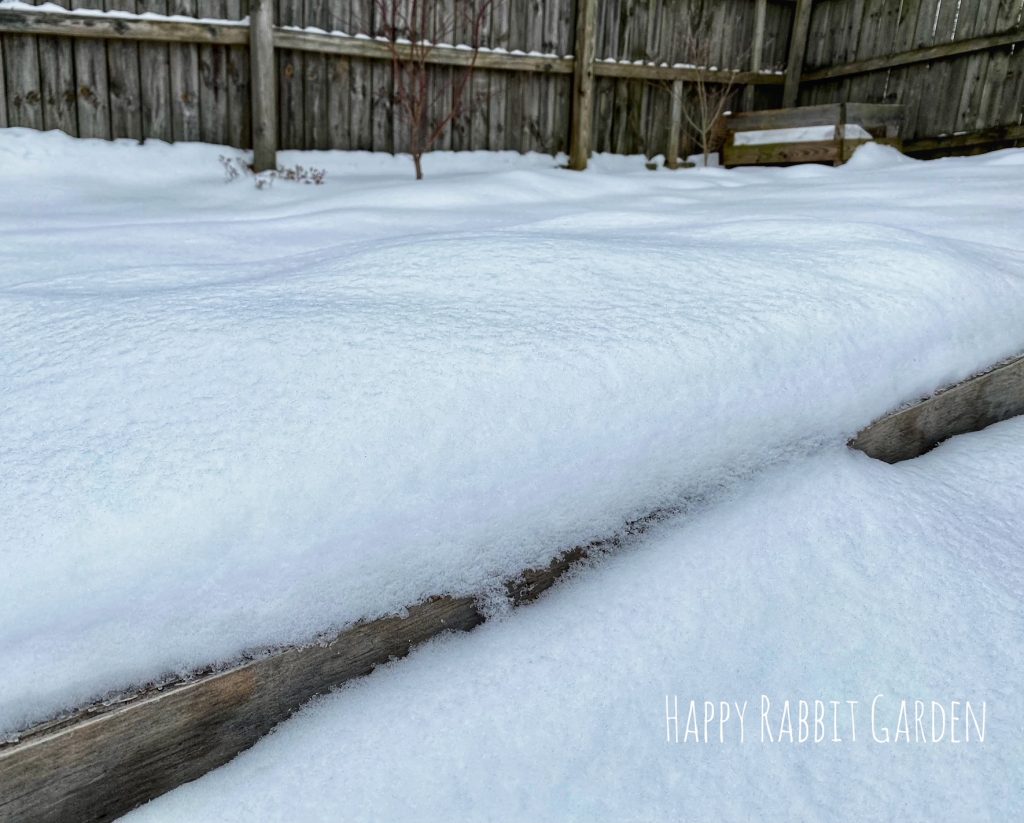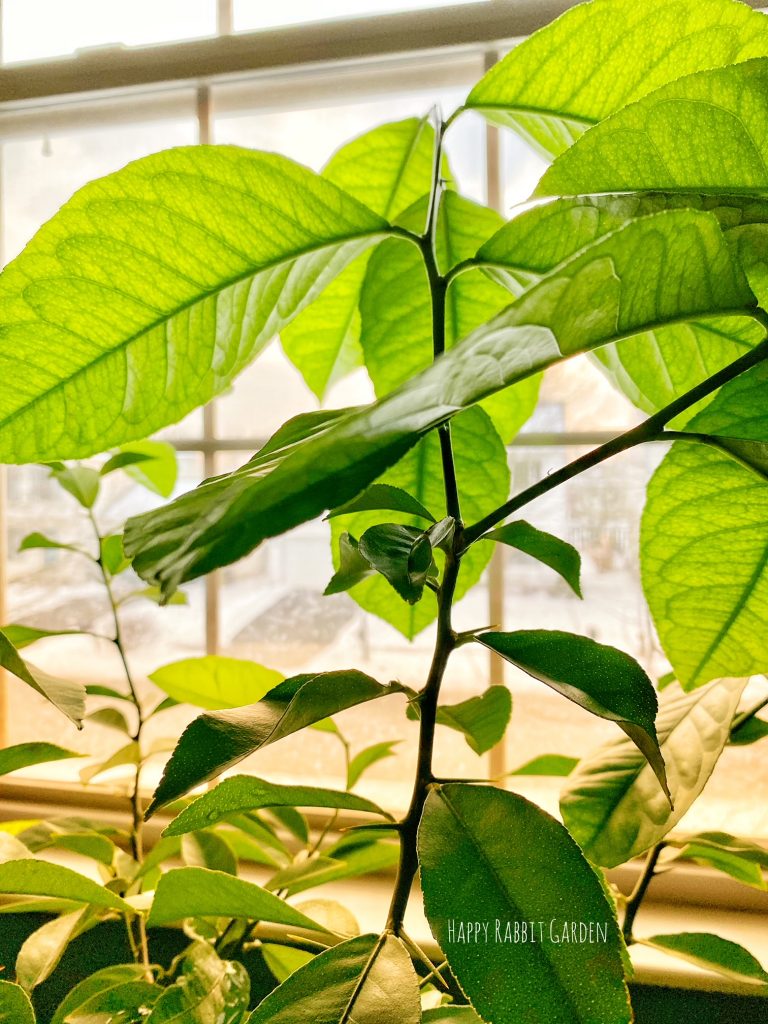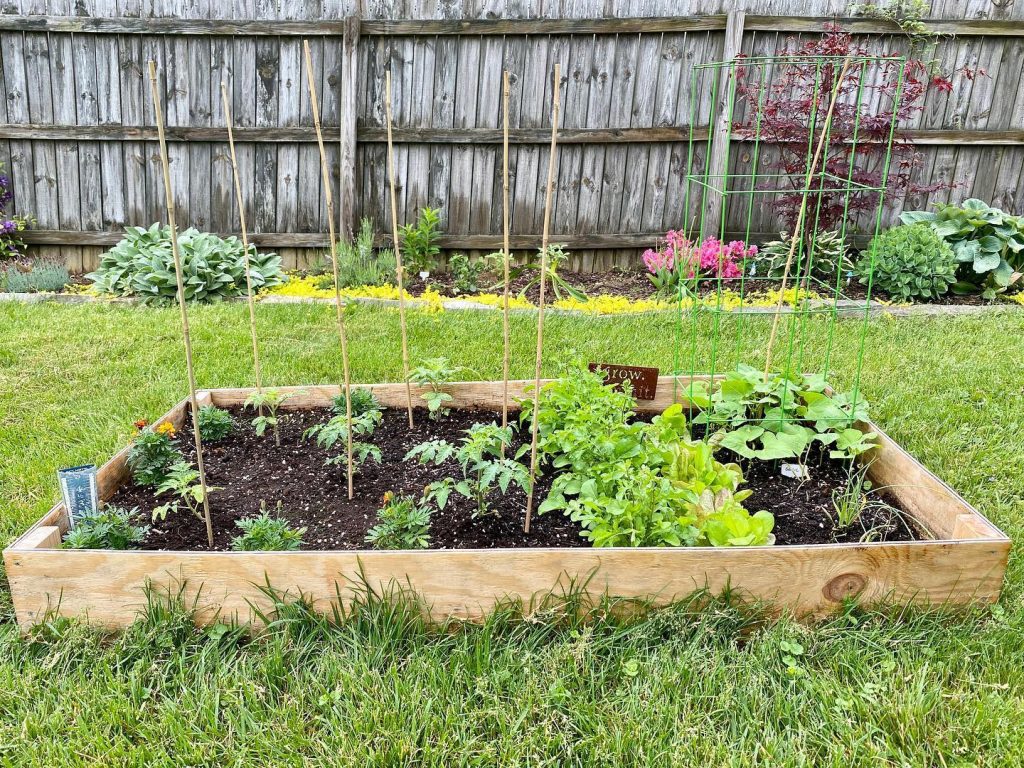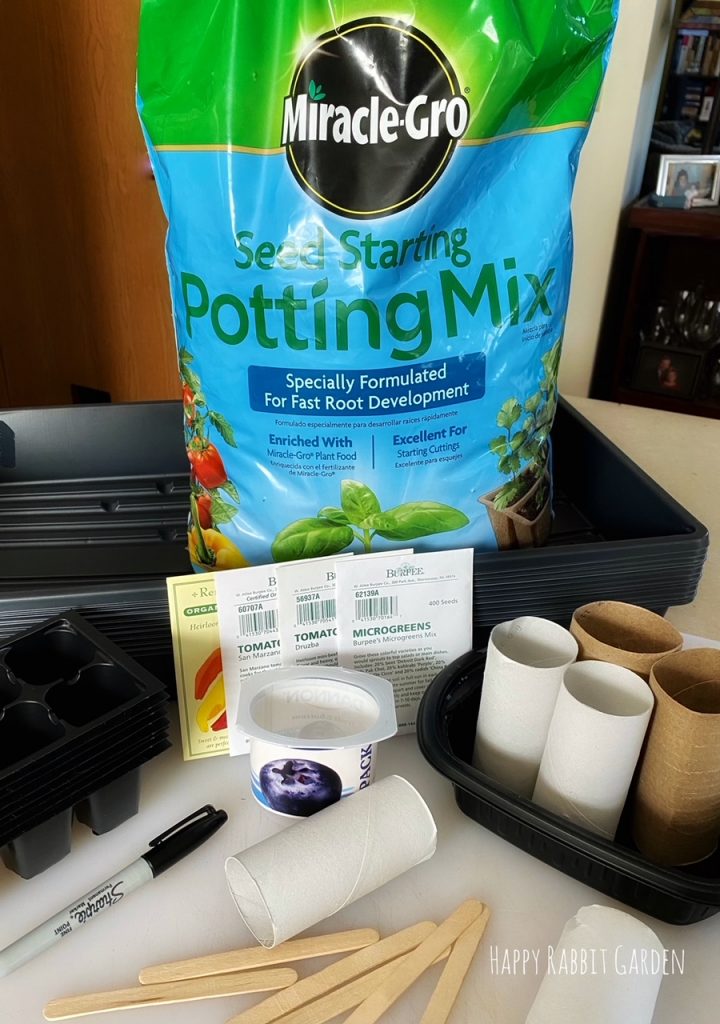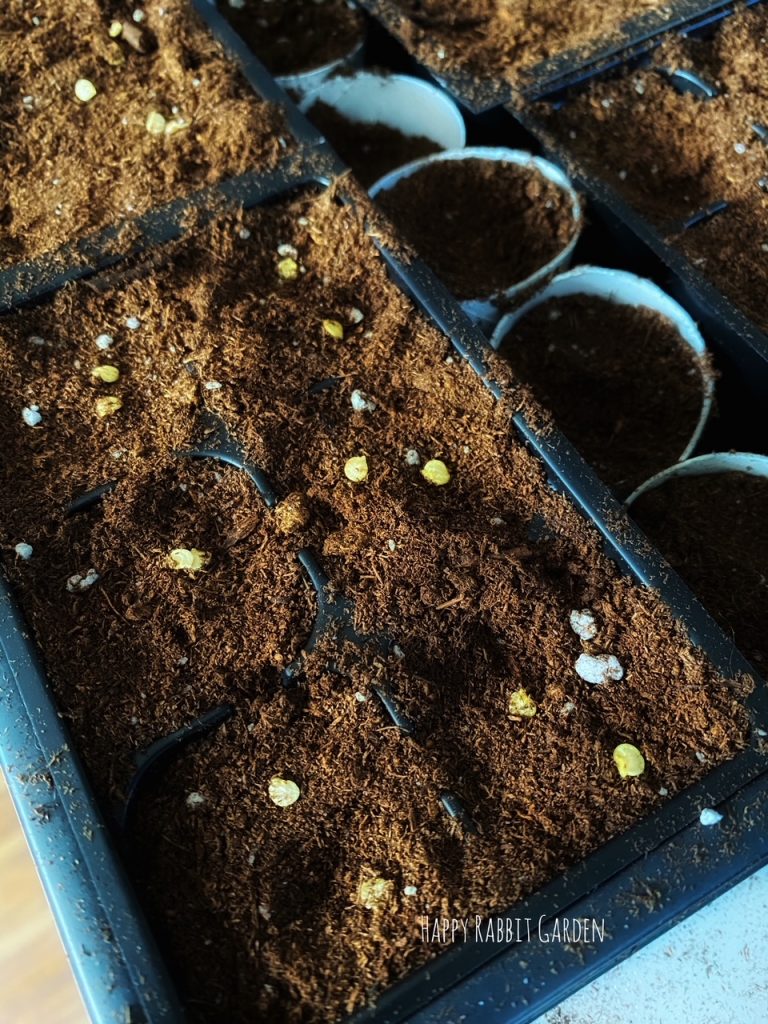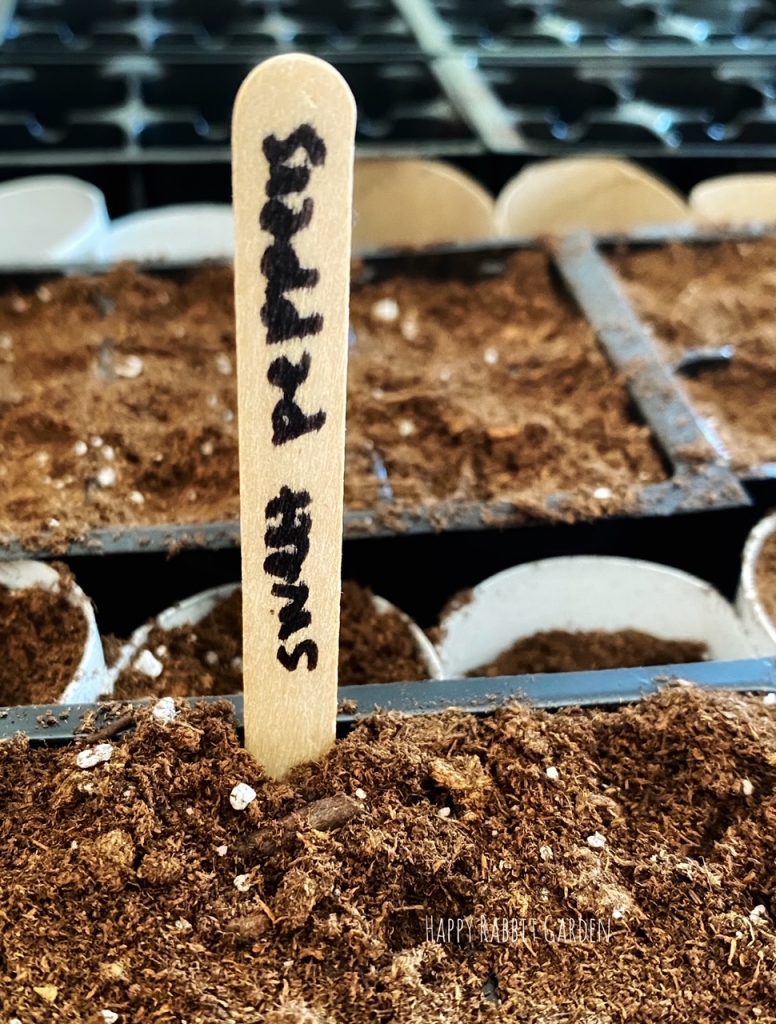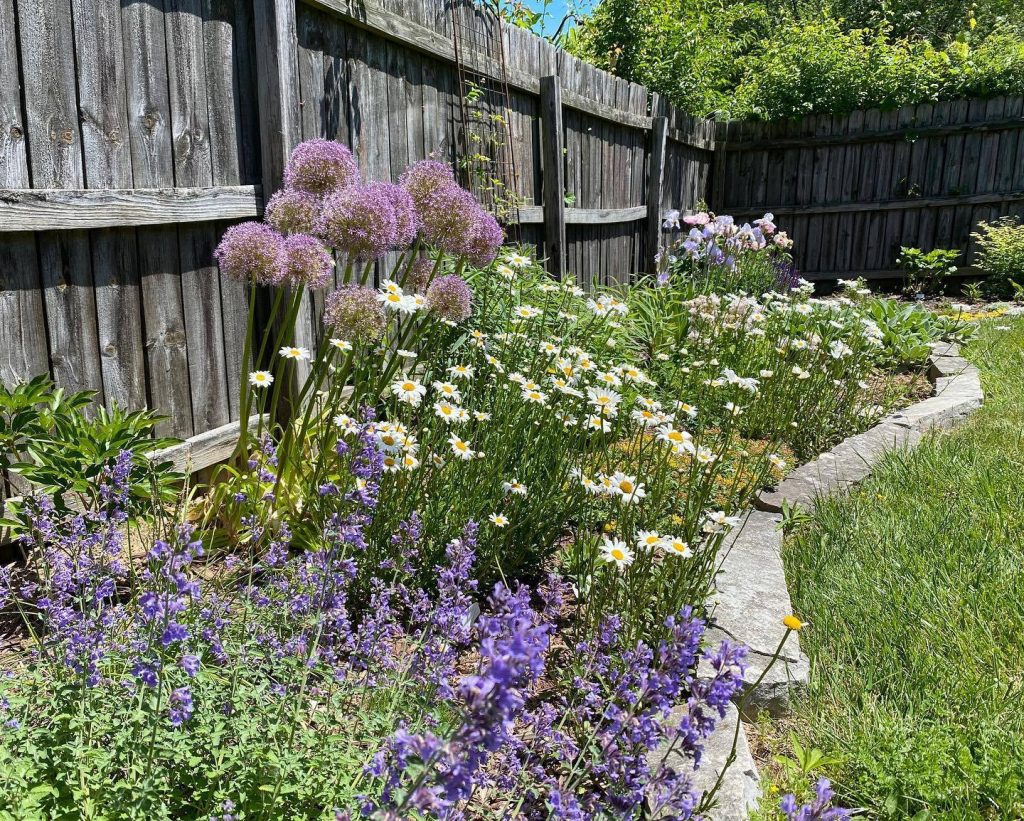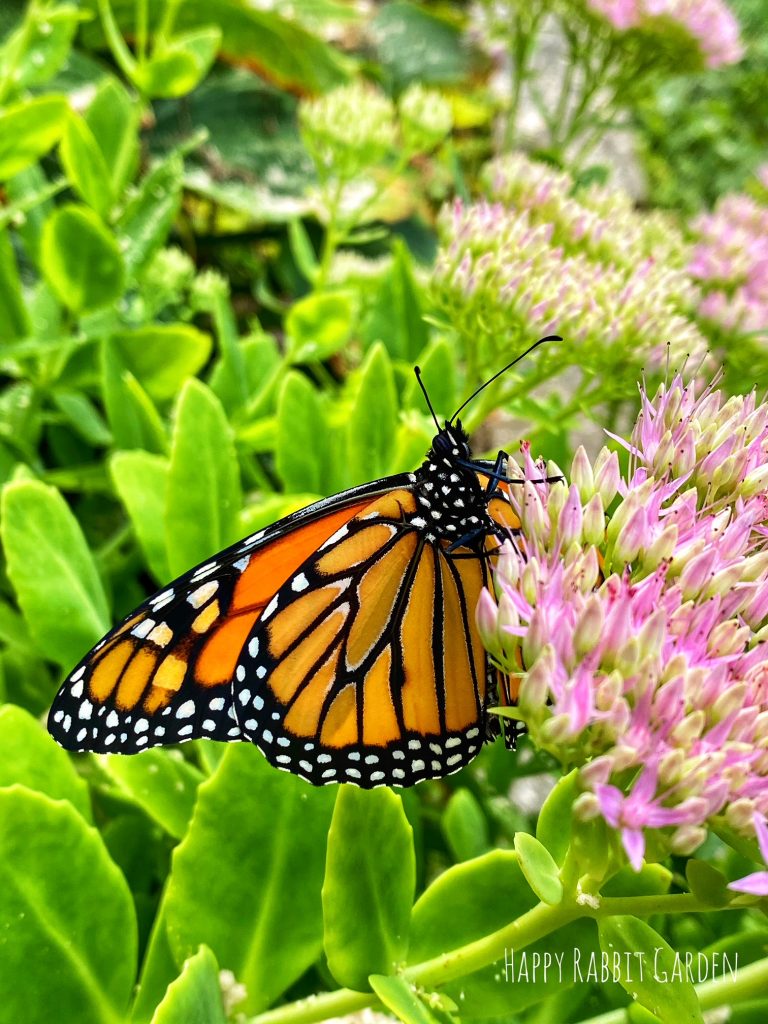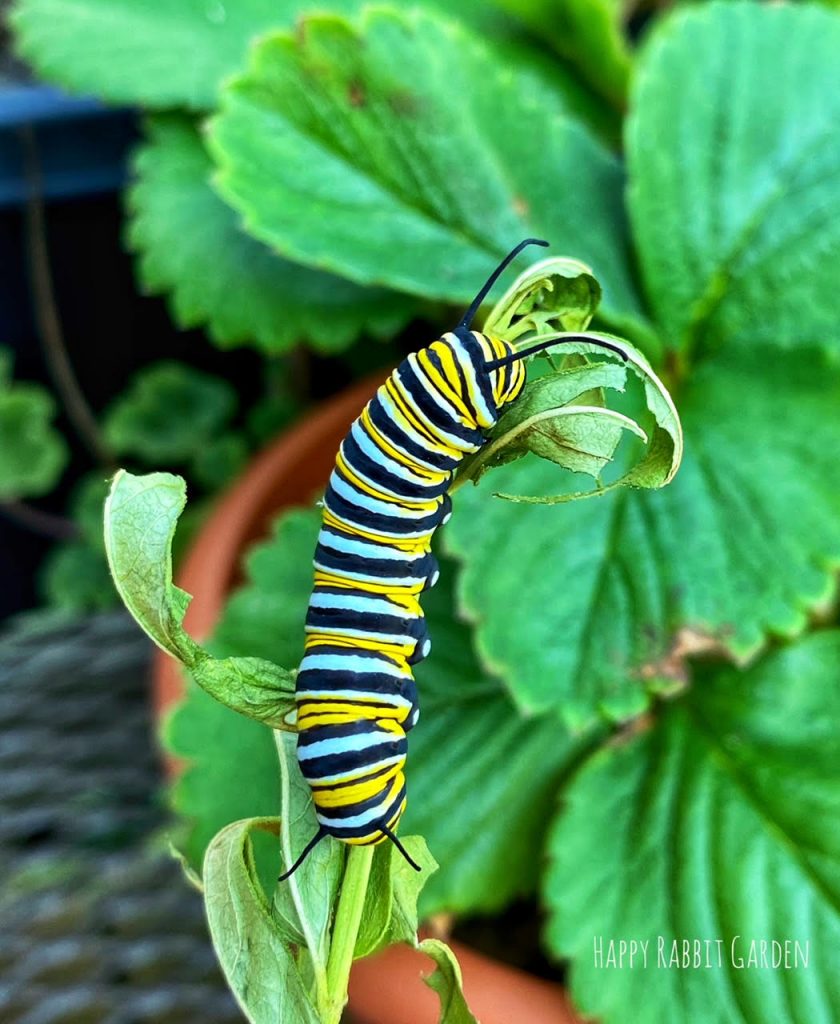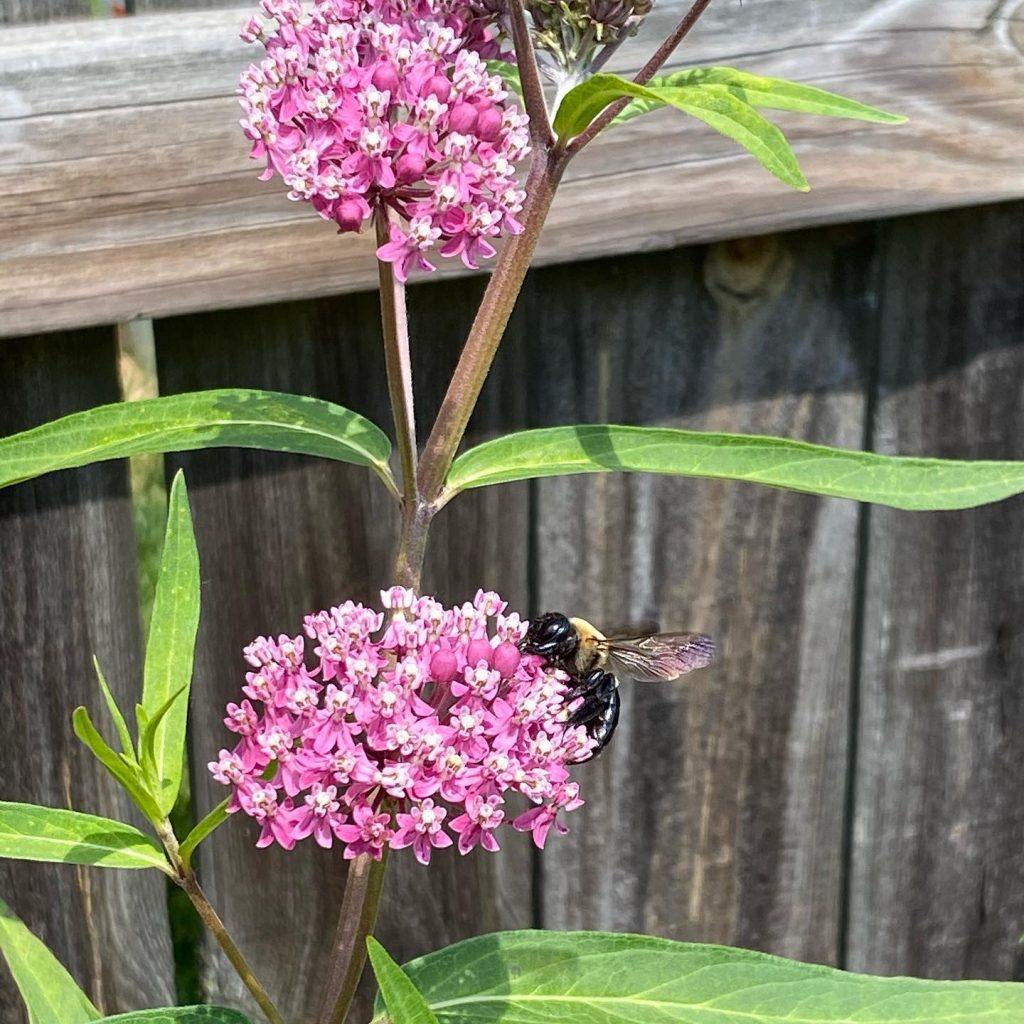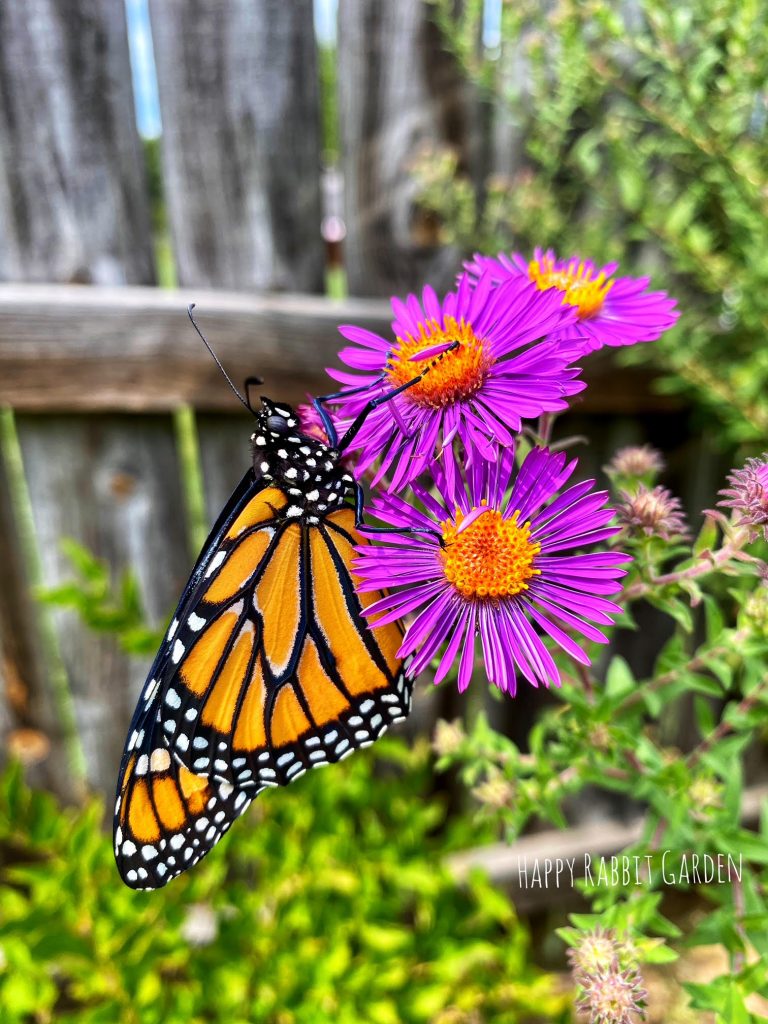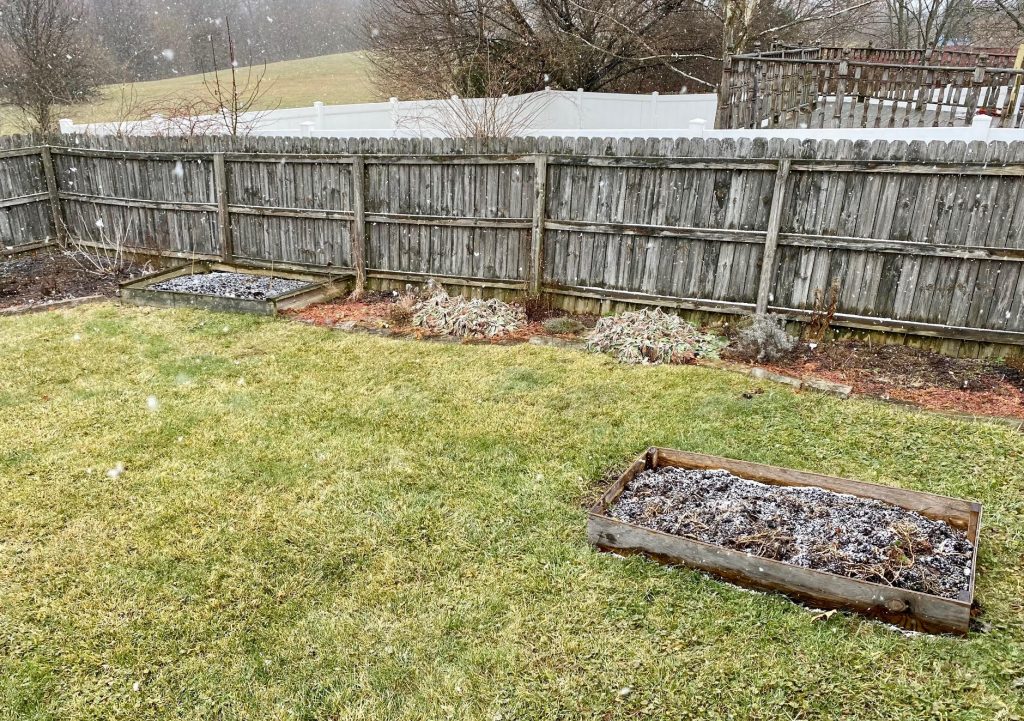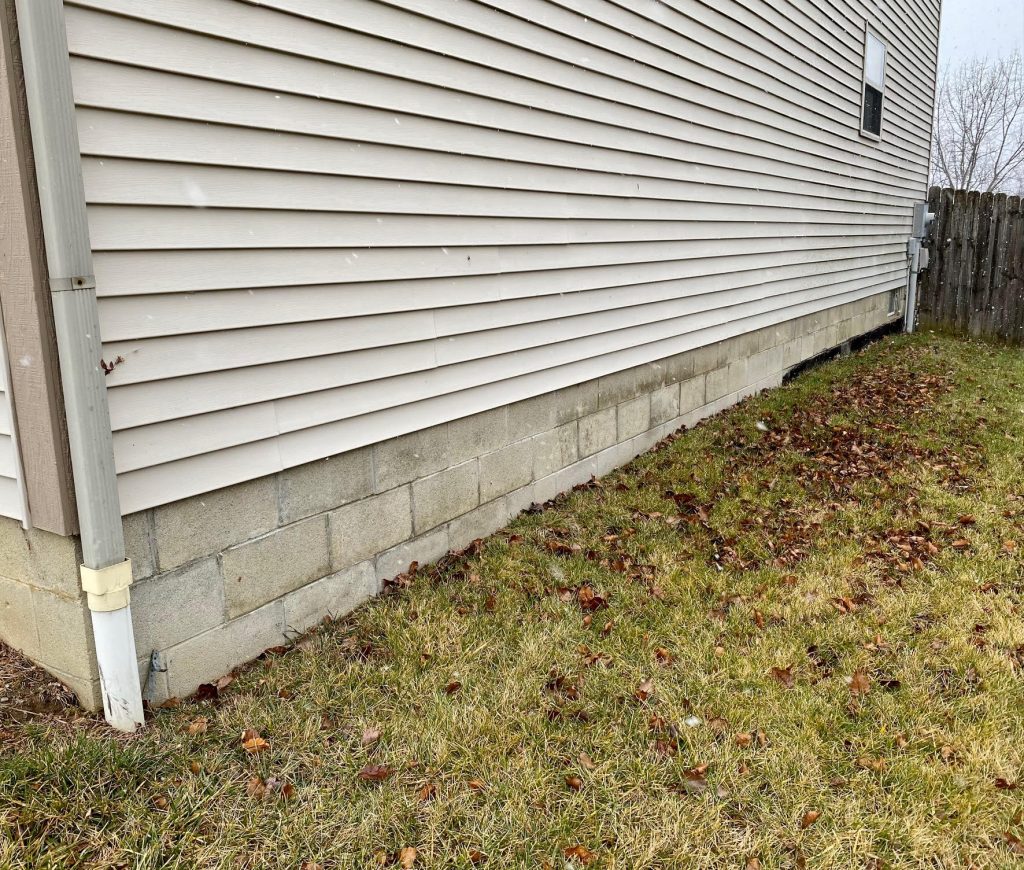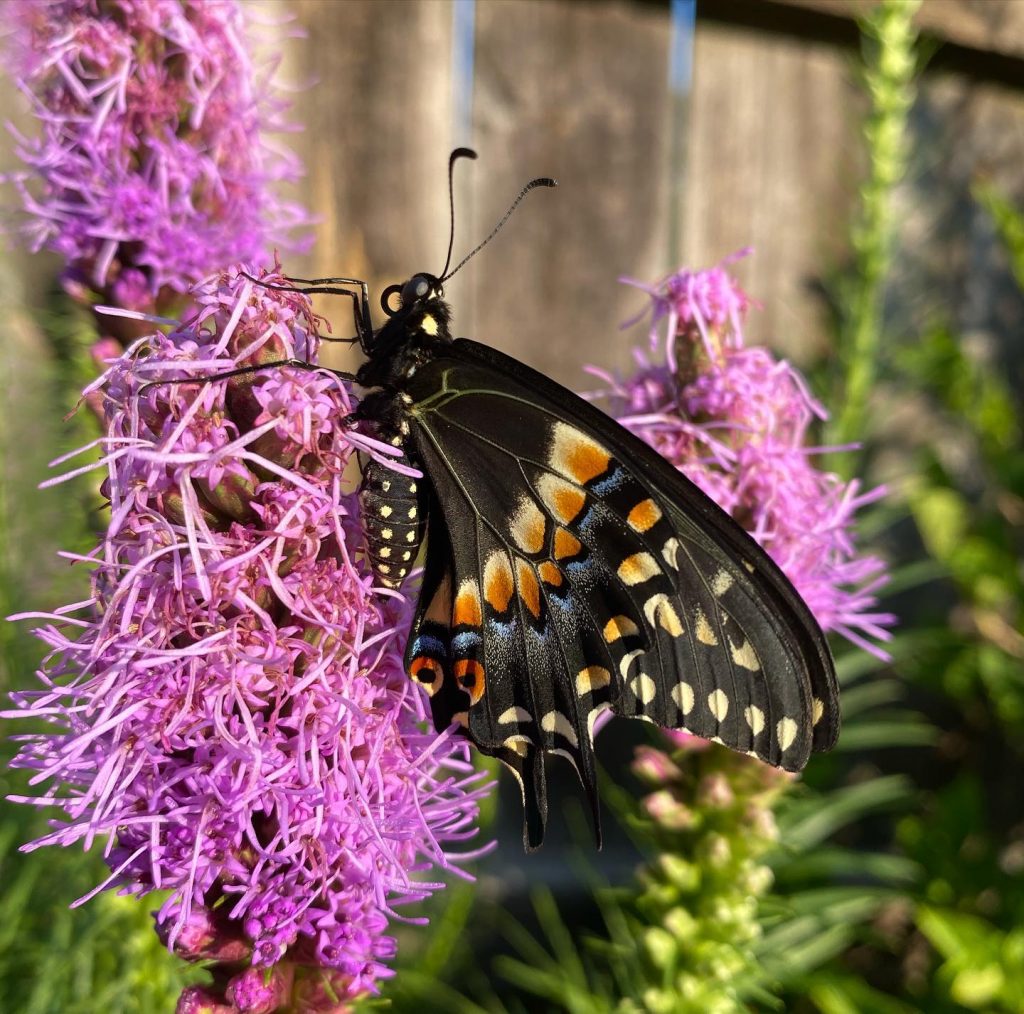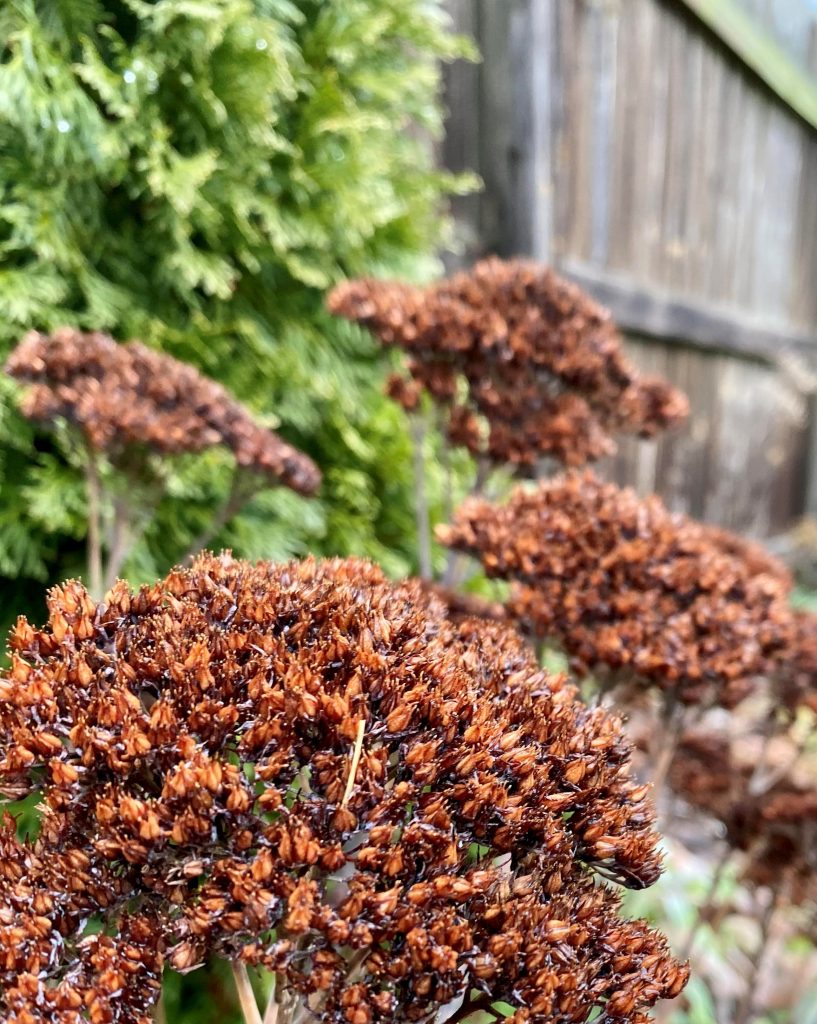I used to be afraid of birds. Honestly, when I was a kid, I was afraid of most things, but birds were definitely on the list, towards the top. I’m not even sure why, now that I’m thinking about it. Maybe I watched Hitchcock at too early an age? There was also the time I was totally attacked by a maniacal flamingo at SeaWorld… I was minding my own business, relaxing on a park bench, when the fiend reached through the fence and bit me on the arm.
I’m still mostly convinced that flamingos are pink, devious monsters (admittedly, with great balance), but my wariness of birds as a whole has morphed into an interest.
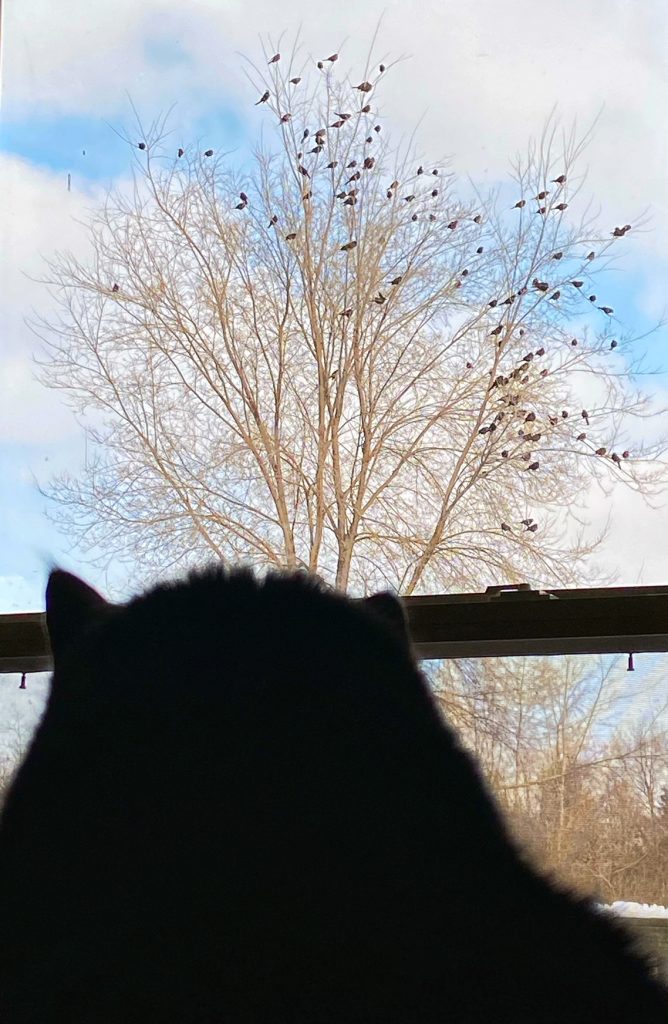
I’m not the only bird-watcher in town
When we moved to our house, I set up a few feeders just outside the windows in our living room so the cats could watch the birds. We have quite a bit of land on the other side of our property, filled with trees and a shallow creek. There’s always oodles of birds around, from big Coopers Hawks to small, non-descript brown birds that hop and chirp and make a mess at the bird feeders. I really didn’t expect to get such enjoyment watching them all.
When the pandemic hit, I started working from home, and being home all day has given me a new look into the aviary that is the back yard. I’ve enjoyed watching the seasons change, and with them, different birdy wildlife.
This winter, we’ve seen a lot of the usual suspects. There’s been hawks, blue jays, cardinals, nuthatches, junkos, doves, wrens, sparrows, warblers, robins, red-winged black birds, woodpeckers, finches, starlings, and my favorite, the grackles. I spoke about the flocks of grackles in a past post, but they are completely ridiculous and I love them. We have common grackles here, with large black feathers, and iridescent indigo blue heads. They travel in large packs, yelling about everything under the sun, and making even more noise when they startle, flapping away all at once, in a whoosh of wings. Flocks of them descend down onto the feeders, where they devour everything in sight.
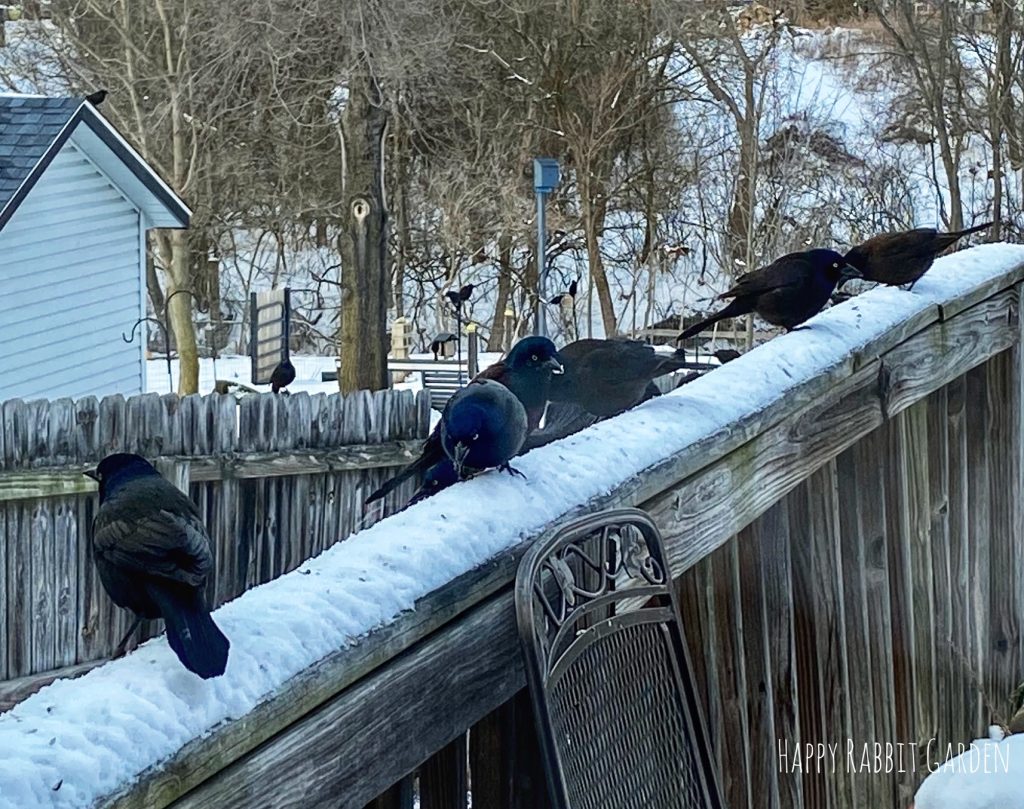
Grackle-Palooza
This past month has been extremely snowy, and watching the grackles hop around like little kangaroos from snowdrift to snowdrift on the deck has taken up more of my time than I probably ought to admit.
While watching the birds in our yard has become an amusing pastime, I know that bird populations are drastically shrinking. In North America alone, we’ve lost more than 1 in 4 birds in the past 50 years. There are many reasons why this decline is happening, but the largest (in most areas) is due to habitat loss, from development, agriculture, and forestry practices.
While working to combat this takes large-scale conservation advocacy, there’s plenty we each can do to help out birds in our own gardens, regardless of their size. The Audubon Society has some great articles and resources for ways to help make your space more bird-friendly.
Even if, like me, your yard is packed with snow right now, there’s ways to provide for birds year-round, and to attract even more to your space.
The #1 way to attract more birds to your yard is to grow native plants and trees. Sorry if I’m starting to sound like a broken record, but seriously, as many native species as you can pop into the ground or planters on a porch will pay you back better than GameStop stocks for that one week or so last month. Native species are already adapted for your local climate and will require very little watering and maintenance. They attract more pollinators and bugs, which will lure in more hungry birds. Each year, I see more and more and more wildlife appearing in our yard, and I know it’s because I’ve added so many native plants.
In the fall, after these native perennials have finished blooming, leave the dead stalks and flowerheads. Bugs will overwinter in them, and birds will go wild enjoying the seeds from the spent flowers. Birds use the plant material when they begin building nests in the spring. Plus, the spent flowers and plants just look pretty in the winter. They add a nice backdrop to the yard and help to give birds more hidey holes when larger species swoop in and start making a ruckus (aka, grackles).
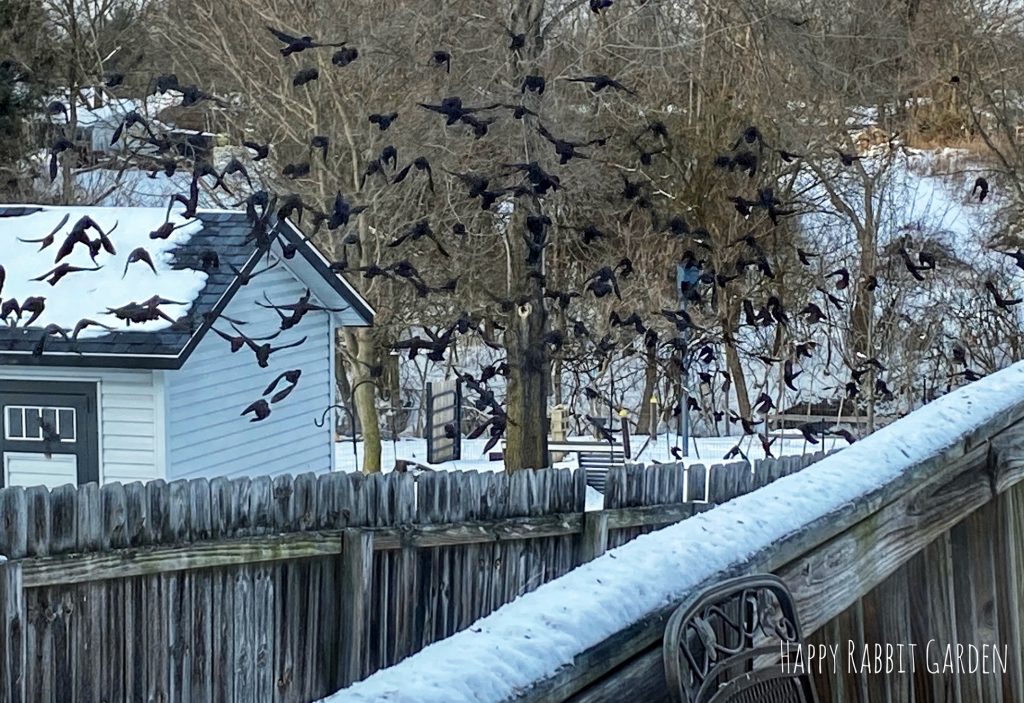
Flight of the Grackle
In addition to feeders, which I keep stocked year-round, it’s important to have a water source for birds. They need clean water to drink, and bathe in, year round. I don’t have a heated bird bath at this point since the creek is so close by, but I do put up a few little bird baths and bug watering holes in the warmer months.
Finally, again, I’m going to recommend going organic with your pest-control, and stopping the spraying of pesticides. Most sprays are so indiscriminate, that even if you’re just trying to eradicate, say, the Japanese beetles that won’t leave your roses alone, the chemicals are also going to take out the lady bugs and other critters that are doing a lot of good in your garden. And, when these bugs die off, there’s less for birds to eat and feed to their young.
So, in these last few weeks of winter (if you’re having winter), consider setting out some nuts and seeds for the birds. Or, think about planting a native berry bush or some something with nectar that the wildlife will enjoy this spring. Head to your local park for a nice walk in the woods, and take note of the trees you like, that you could add to your own landscape. Build a birdhouse to attach to the fence. And then, sit back with your cats, and quietly enjoy watching all the birds in your garden as they hop about and chat at your feeders.
Happy Gardening!


